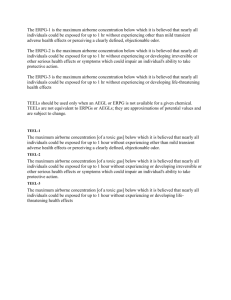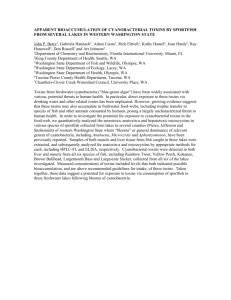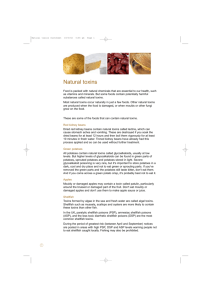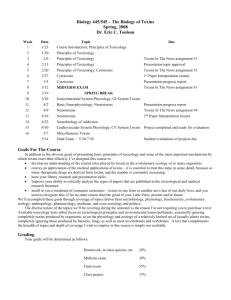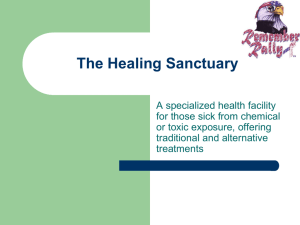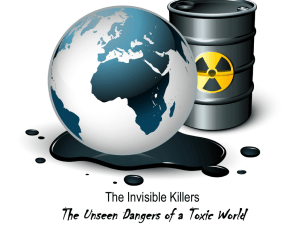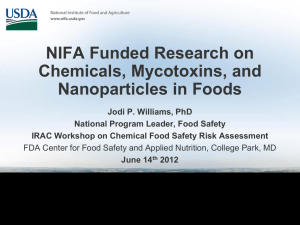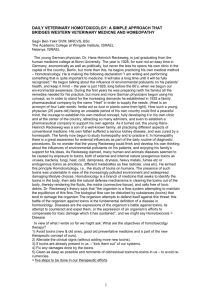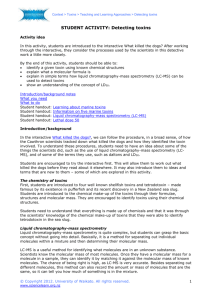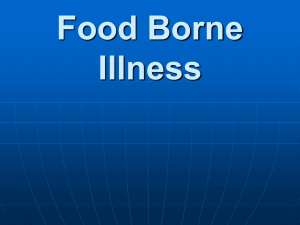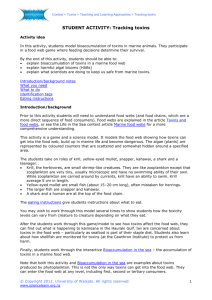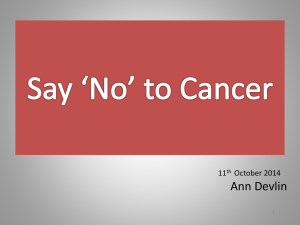Lesson 6. Precautions With Airborne Toxins And Fires
advertisement
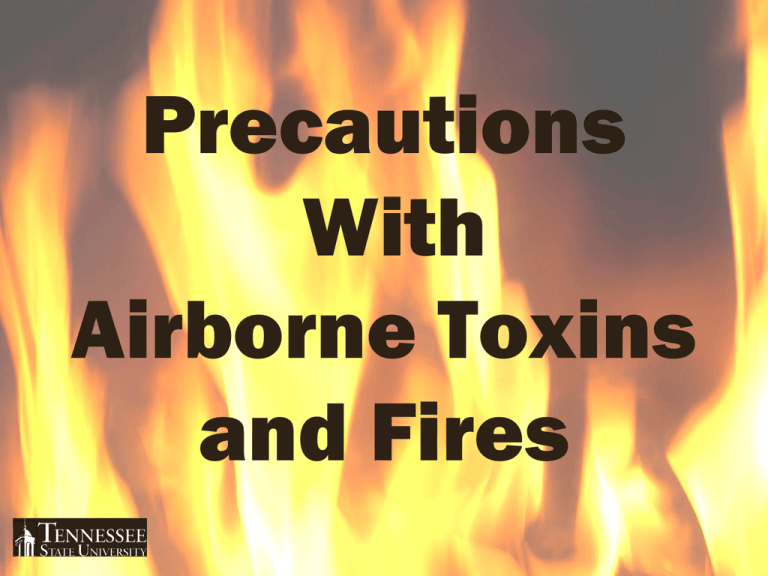
Precautions With Airborne Toxins and Fires Airborne Toxins: Unsafe for your Food • Natural disasters may release airborne toxins into the air. • Wind can carry toxins. • Examples of toxins. – – – – – Dangerous gases Ashes Broken glass Asbestos Pesticides. Fires: Unsafe to Your Food • Foods exposed to fires can be made unsafe to eat by: – Excessive heat changing food components and packages. – Smoke. – Toxic fumes from burning materials. – Chemicals used to fight fires. Food Exposed to Fire or Airborne Toxins • Discard all food items: – Foods stored outside of the refrigerator. – Raw foods in permeable packaging. – All food in cans, bottles, and jars. – Foods stored in refrigerators and freezers. Grape Jelly Cookware Exposed to Fire or Airborne Toxins • Wash all cookware in soap and hot water. • Submerge for 15 minutes in a sanitizing solution. Sanitizing Solution 1 tablespoon of household bleach per one gallon of drinking water. Countertops and Kitchen Surfaces Exposed to Fire or Airborne Toxins • Clean with warm soapy water and then sanitize with bleach solution. • Fires may require more attention. – Check for any damage before you begin to clean. – Have all appliances inspected by a service representative. – Do not touch any exposed electrical lines. Chemicals and toxic fumes cannot be washed off food. The food must be thrown in the garbage. Conclusion • Airborne toxins come in many different forms. • Fires make food unsafe by excess heat or contaminants released from burning materials. • Discard all food items after being exposed to airborne toxins or fire. • All cookware and kitchen surfaces need to be washed with warm soapy water and then sanitized .
